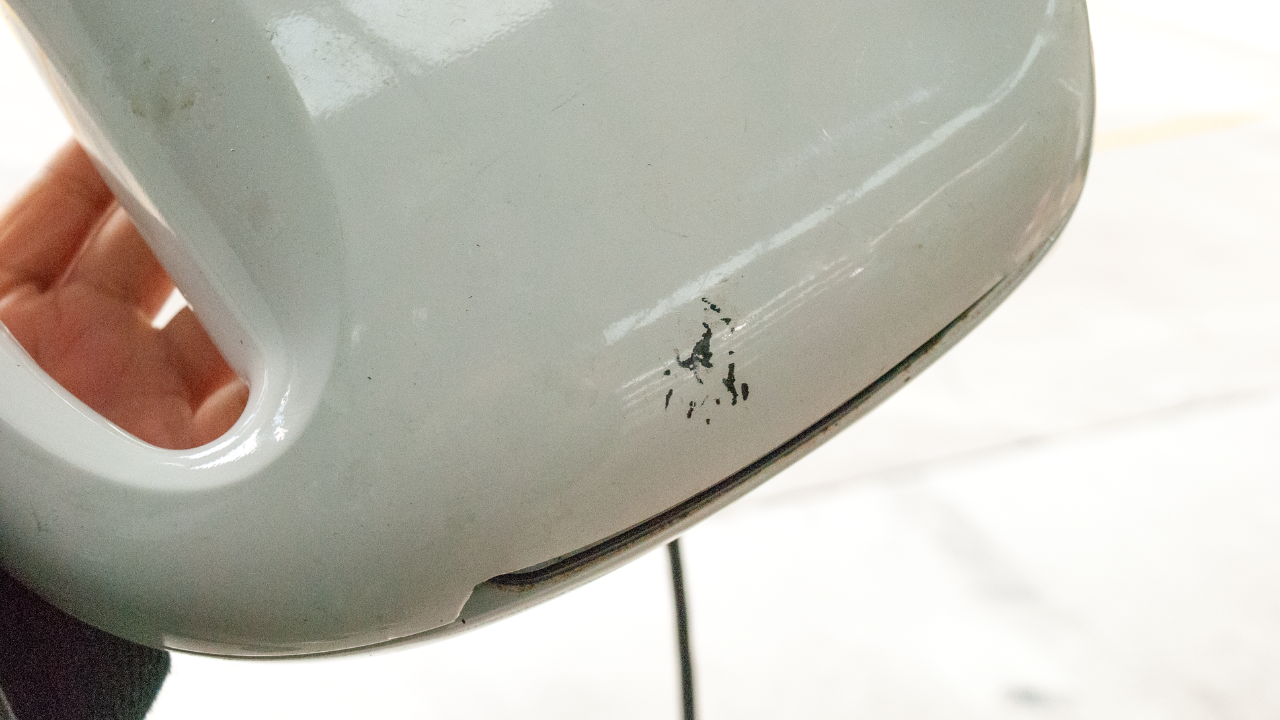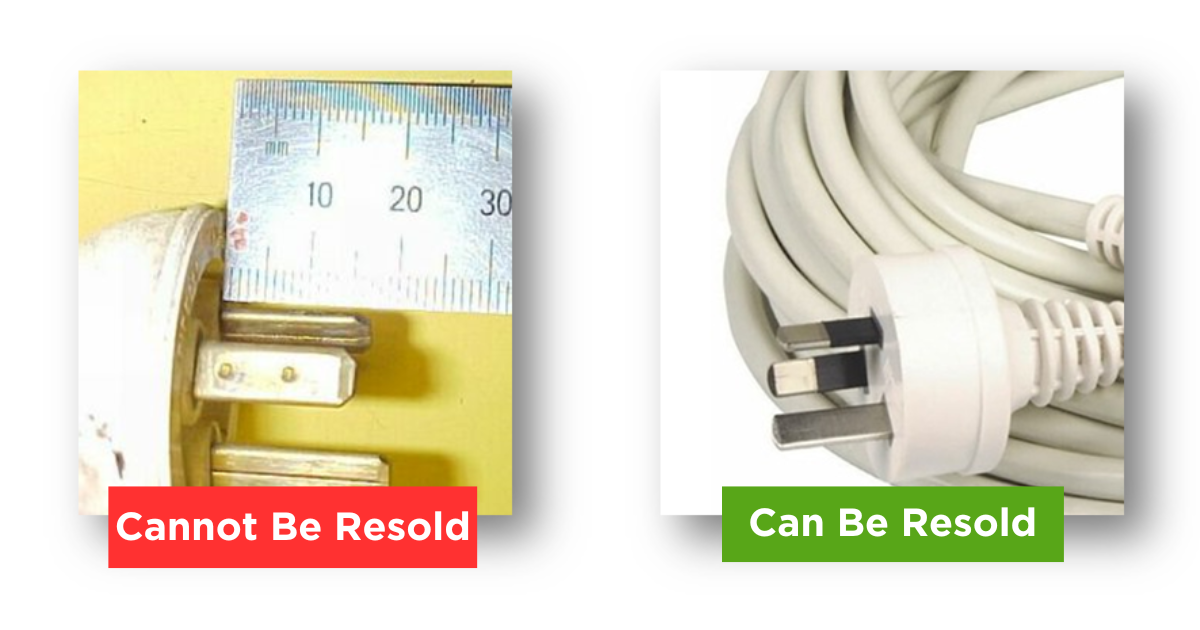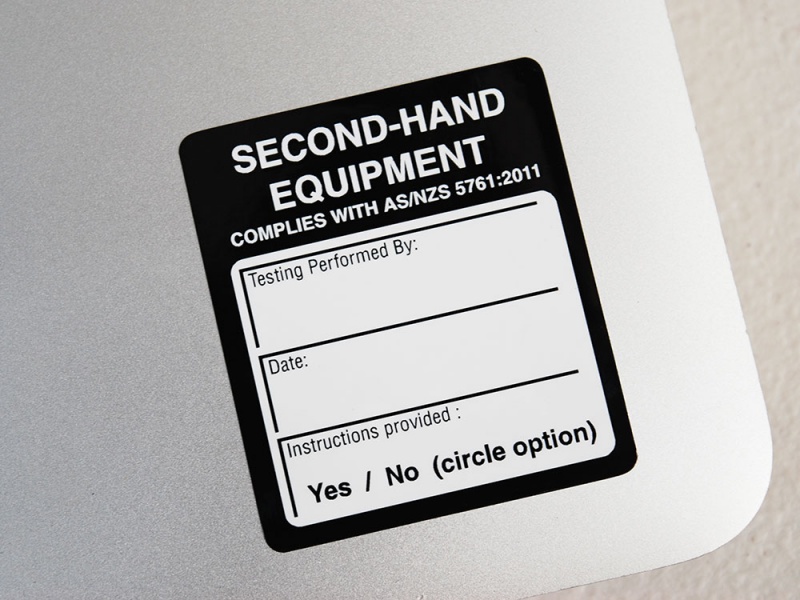We are always happy to answer any questions you may have.
Call us on 0800 111 779
Within New Zealand there are strict regulations on both new and second-hand products. Sellers must comply with these regulations to prevent misleading consumers about the quality and condition of goods offered, with the ultimate goal of ensuring the safety of the consumers.
The responsibility to ensure the safety and quality of these goods rests largely on the sellers shoulders, and this is where testing plays a part. In this blog we cover important information to keep in mind before reselling second-hand electrical items, specifically in the context of commercial sales (excluding private sales), focusing on regulations in New Zealand.
In New Zealand, the relevant legislation and standards for testing second-hand electrical items are:

This standard equips sellers of second-hand electrical equipment with a comprehensive framework for conducting general safety inspections and testing to ensure the equipment is safe to use. The scope extends to both electrical and mechanical aspects such as guards and cut-out devices.
Most importantly, inspecting and testing second-hand electrical equipment in accordance with AS/NZS 5761 helps give the purchaser the confirmation that the equipment is basically safe to use. There is also a provision in the Standard for items to be sold ‘as parts’ rather than functioning equipment.
To carry out inspections and testing according to AS/NZS 5761, individuals must be considered a 'Competent Person' in alignment with AS/NZS 3760, something that is acquired from a Test & Tag Course. Moreover, they should possess additional skills in assessing potential risks and confirming equipment functionality, all in compliance with local regulations.

Extra resources:
Unlike the standard practice for in-service electrical equipment, second-hand goods being offered for sale do not require standard test tags in accordance with AS/NZS 3760. Instead, items that pass inspection and testing in line with AS/NZS 5761 can have a smaller and simpler label.
These second-hand equipment test tags are not only cost-effective but also affixed directly to the item, rather than its lead.
If an item is being sold as parts or in a defective state, it is essential that the appropriate label is clearly visible to the purchaser stating it is for parts only and requires a repair.
